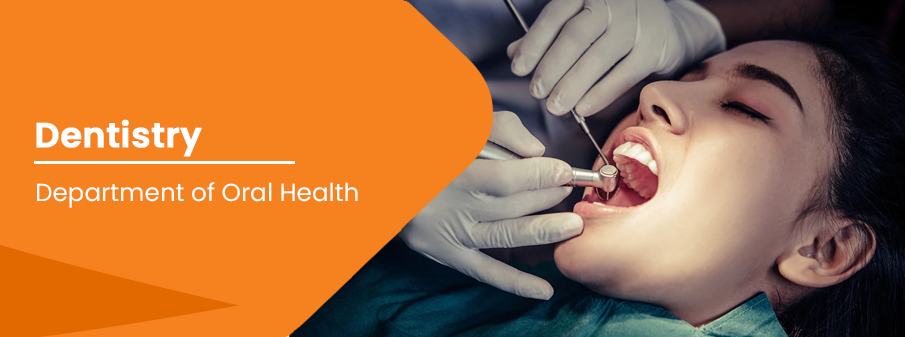It is generally recommended that individuals visit a dental doctor at least once every six months for a routine checkup and cleaning. This allows the dentist to check for any problems or potential issues with the teeth and gums, and to clean the teeth to remove plaque and tartar that can lead to tooth decay and gum disease.
There are also certain situations in which it may be necessary to visit a dental doctor more frequently, such as if you are experiencing dental pain or have a dental emergency, if you are pregnant, or if you have a medical condition that affects your oral health.




